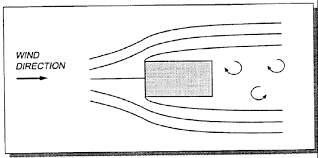LoadSlayer
Structural
- Jan 28, 2024
- 9
Hi,
Why does the internal wind pressure coefficient have two sign values?

Why does the internal wind pressure coefficient have two sign values?

Follow along with the video below to see how to install our site as a web app on your home screen.
Note: This feature may not be available in some browsers.


